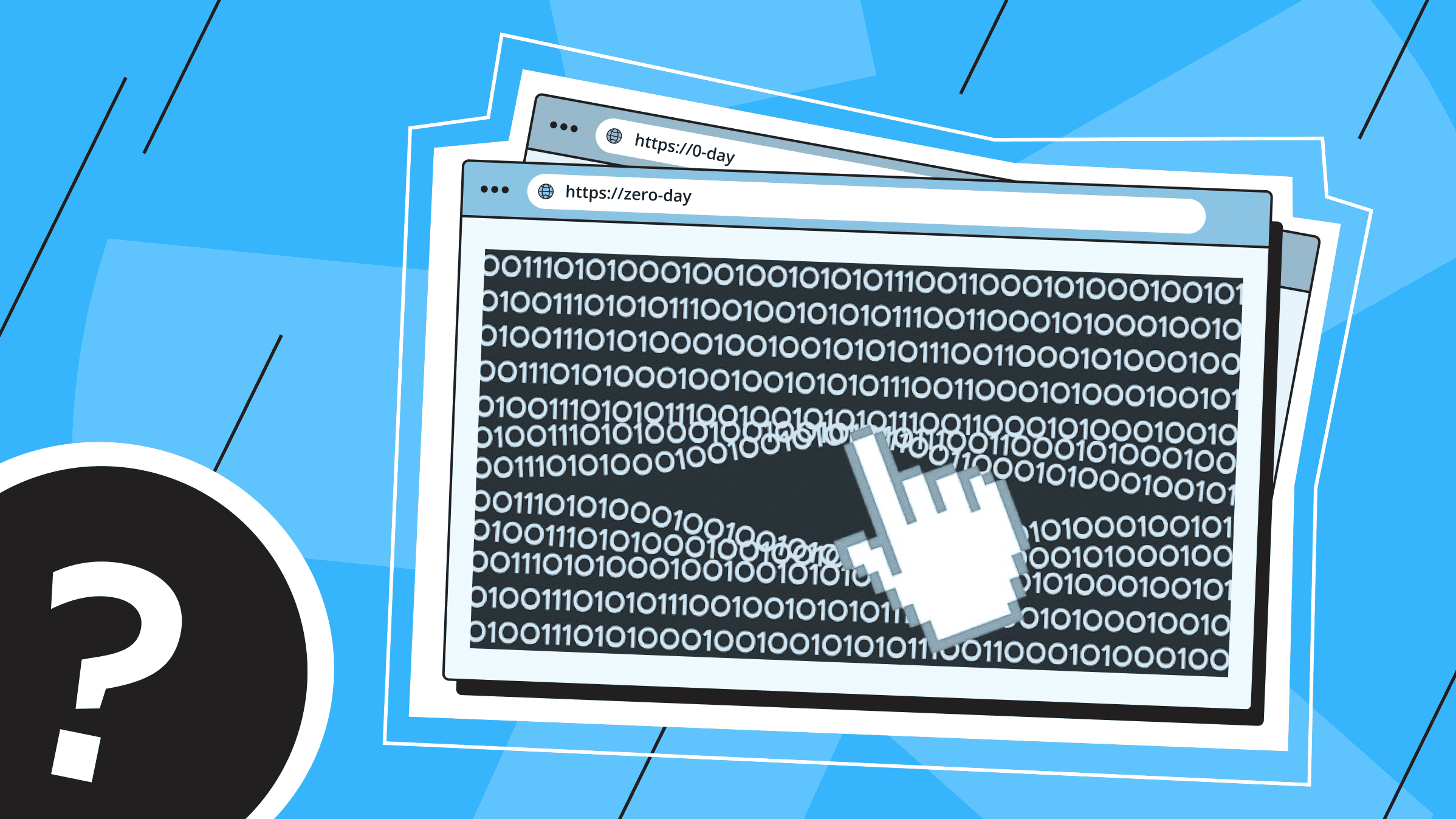
Data loss can occur when digital information is accidentally or intentionally destroyed, damaged, or lost. Various factors can cause it, but data loss can have severe consequences for individuals, businesses, and organizations - from financial loss to reputational damage and legal liability.
This article discusses real-life data loss cases that sometimes seem to only happen to others. Some of the stories may be frightening, but they all have a common purpose - to make you aware of the importance of backups and data recovery.
On the eve of World Backup Day, we remind you to back up and test the recovery process!
Common Causes of Data Loss

Arcserve's 2022 Survey of IT Organizations found that 76% of respondents experienced a significant loss of critical data in their organization, and 45% of those lost data permanently.
What causes data loss?
- Hardware failure. Data loss due to the failure of hard drives, solid state drives, servers, or other storage devices due to wear and tear, mechanical problems, or other malfunctions is not unlikely.
At the end of 2023, Backblaze was tracking 270,222 hard drives for data storage. The average failure rate (AFR) for disk models in use in 2023 was 1.70%, compared to 1.37% in 2022 and 1.01% in 2021.
- Software failure. Errors, crashes, incompatible software updates, or incorrect procedures can result in data loss.
- Human error. Accidentally deleting files, improperly formatting a hard drive, mishandling data, or inadvertently overwriting important information.
- Cyber attacks. Malicious activities such as hacking, malware infections (e.g., ransomware, viruses, spyware), and phishing attacks can compromise data security and result in data loss.
The Identity Theft Resource Center report found that the number of data breaches in 2023 increased 78% from 2022, from 1,801 to 3,205. The healthcare, financial services, and transportation industries more than doubled the number of hacks compared to 2022.
- Natural disasters. Consider floods, fires, earthquakes, power outages, and other emergencies that can damage physical infrastructure.
- Data Leaks. Unauthorized access to sensitive data by external attackers or insiders can lead to data breaches, resulting in data loss, theft, or disclosure.
According to IBM's 2023 Global Report, an organization's average data breach cost was $4.45 million. This is an increase of 15% over the last three years.
- Lack of a backup policy. This includes a lack of proper backup procedures, outdated backup systems, or failure to verify the integrity of backups regularly.
A single event, such as a security breach, server crash, or accidental deletion, can result in the irreversible loss of essential data and months of work to recover it. Regular backups ensure that you always have a fresh copy of your entire website, project, or database safely stored offline to restore it quickly during an outage or corruption.
Without backups, your business is at risk of a single point of failure, which can cost much more time, money, and customer confidence in a disaster.
is*hosting provides free weekly backups of all server data. These backups can be used for emergency recovery in case of failure. Daily backup service and secure data storage of up to 20TB (and more on request) are available to ensure greater data security.
Real Stories of Business Data Loss

These real-life stories illustrate the significant impact that data breaches and losses can have on organizations, including financial costs, reputational damage, and legal implications.
Samsung and a data center in South Korea
In 2014, a fire at Samsung's data center in Gwacheon, South Korea, destroyed much of the company's stored data and disrupted the connectivity of several Samsung devices: Samsung Smart TVs with SmartHub, Samsung mobile phones, and Samsung Blu-ray players.
The fire occurred in the building that houses Samsung's primary and backup data centers in Suwon, South Korea.
It caused extended downtime and disruption to many production and business processes.
The accidental deletion of "Toy Story 2"
During the production of Toy Story 2, one of Pixar's animators accidentally ran a command that started deleting files from a central server. The command was supposed to delete some unnecessary files, but due to a technical glitch, it started deleting critical files such as animations, models, and textures.
This went unnoticed until someone understood that most of the movie was missing. That's when it was discovered that the movie's backup system had been down for months.
Fortunately, Galin Susman had been working on the film remotely from home during her pregnancy and had a copy of the entire film on her computer. The technical team quickly devised a strategy to transfer the files from her computer to the central server, which saved the famous cartoon.
Wrong GitLab directory
In 2017, a GitLab system administrator accidentally deleted a directory on the wrong server during the database replication process. A folder containing 300 GB of operational data was deleted entirely. Although the administrator attempted to undo the command, only 4.5 GB of data could be recovered.
GitLab stated, "This incident affected the database (including issues and merge requests), but not the Git repositories (repositories and wikis).
It was found that none of the five backup methods used worked reliably or were not configured initially. The last potentially useful backup was done six hours before the problem occurred.
Lost contract due to lost USB drive
In 2008, PA Consulting lost a lucrative $1.8 million contract with the UK prison system to track persistent offenders in the criminal justice system due to the loss of a data storage device.
A PA Consulting analyst discovered the missing USB drive when she returned to the office after a weekend away. The thumb drive was reportedly left in a desk drawer that was likely unlocked. The drive contained data containing the names, addresses, and expected release dates of 84,000 prisoners in England and Wales.
The investigation concluded that the USB drive had been stolen or simply lost.
Sidekick and permanently lost user data
In 2009, T-Mobile and Danger, the Microsoft subsidiary that makes the Sidekick smartphone, announced that they had lost all user data stored on Microsoft's servers due to a server outage.
All contacts, photos, calendars, and to-do lists not stored locally are gone. Microsoft and Danger described the likelihood of recovering data from their servers as "extremely low."
Specifically, Danger, the company responsible for manufacturing the Sidekick device, did not have a proper backup of these files. As a result, the data was irretrievably lost.
AMAG Pharmaceuticals and the disappearing Google Drive file
AMAG Pharmaceuticals, a pharmaceutical company in Boston with 300 employees, experienced a problem with data on Google Drive.
A folder related to HR activities had been moved to the company drive, but it stopped syncing correctly, and all the files disappeared. The employee checked the bin and the desktop for a copy, but the files were nowhere to be found.
However, this story has a happy ending. The company was able to recover the lost files using a special backup tool for Google Drive.
Implementing Data Backup Strategies

Data backup strategies are methods and processes to create and maintain copies of critical data to protect against loss or corruption. Such a strategy includes the following components:
- Data identification and importance.
- Backup frequency.
- Backup method (full, incremental, differential).
- Storage of backups.
- Data validation.
- Security measures.
- Recovery plan.
- Staff training.
By implementing well-designed data backup strategies, you can minimize the risk of data loss and ensure the continuity of many business processes in the event of unforeseen events or system failures.
Strategies can vary widely from project to project and project to project. However, some rules of thumb can be applied to any strategy:
- Set the frequency of backups based on the importance and updates of the data (daily, weekly, monthly).
- Copy only essential documents to avoid taking up space with unnecessary files.
- Check backups for recoverability.
- Make at least two copies and store them separately in different locations.
Additional Storage
Reliable storage for backups of your project or personal use. is*hosting guarantees data protection.
24/7 Support
Rely on us. is*hosting technical support is available 24/7 and does not ignore customers.
Read More

